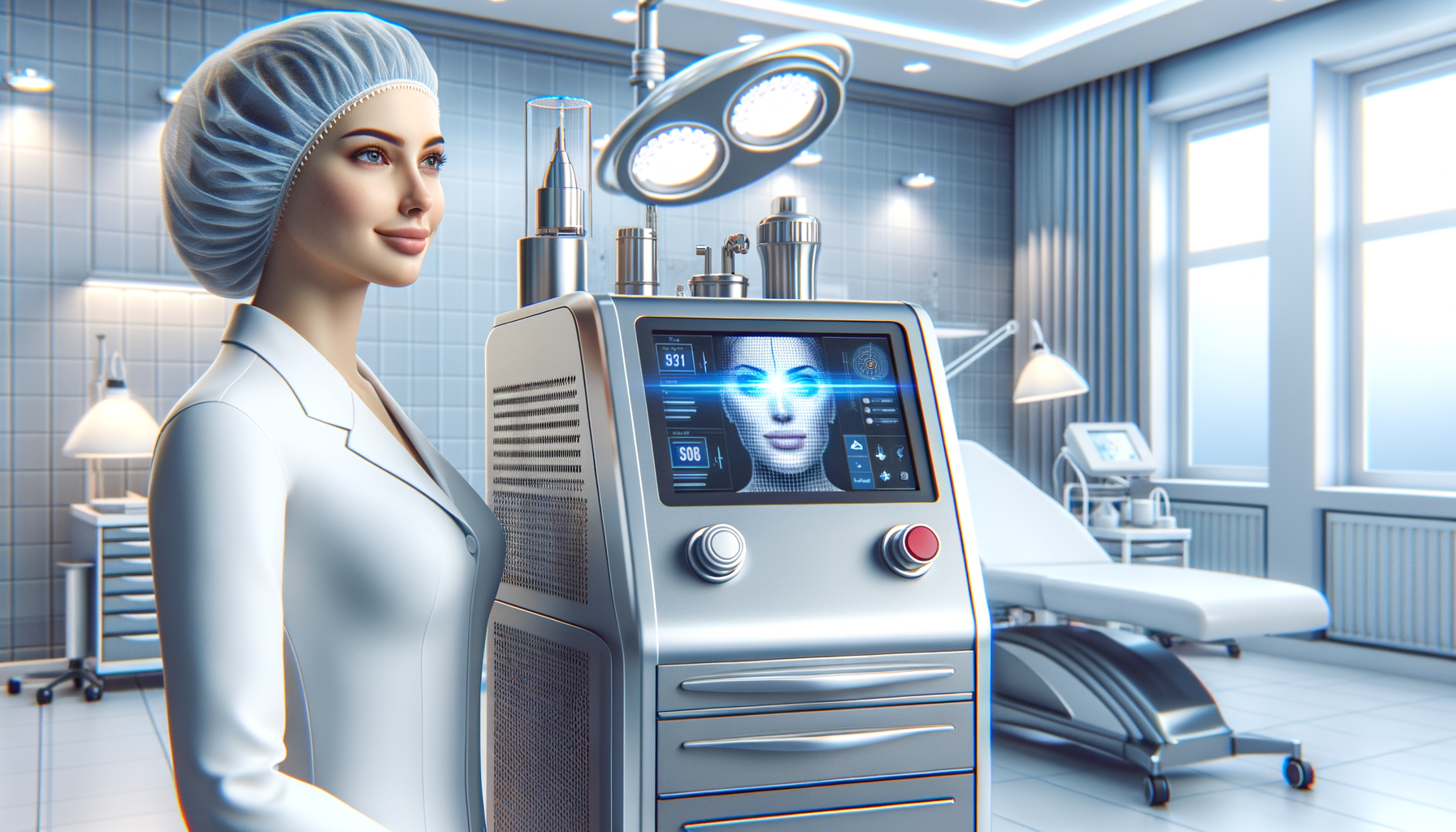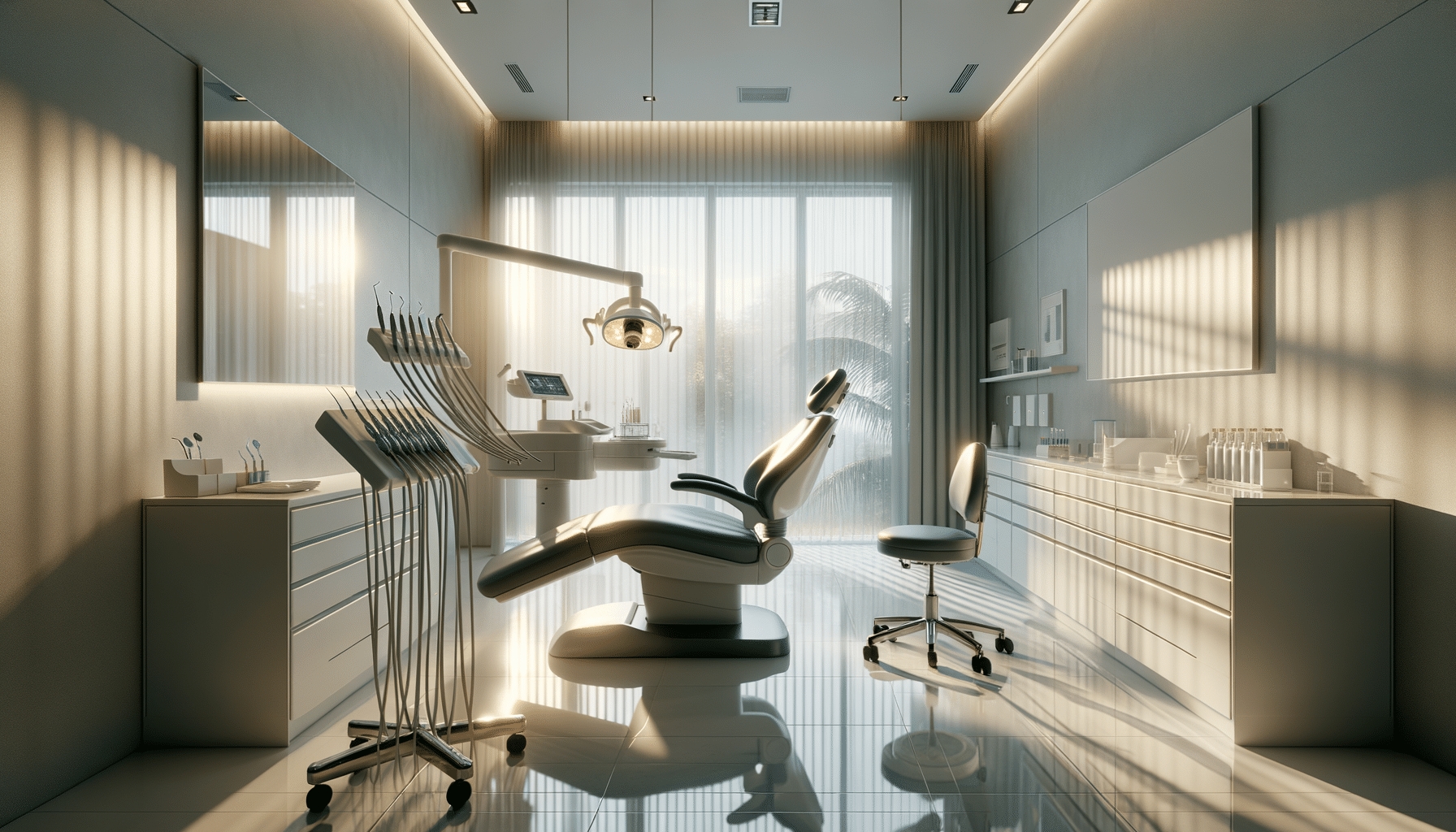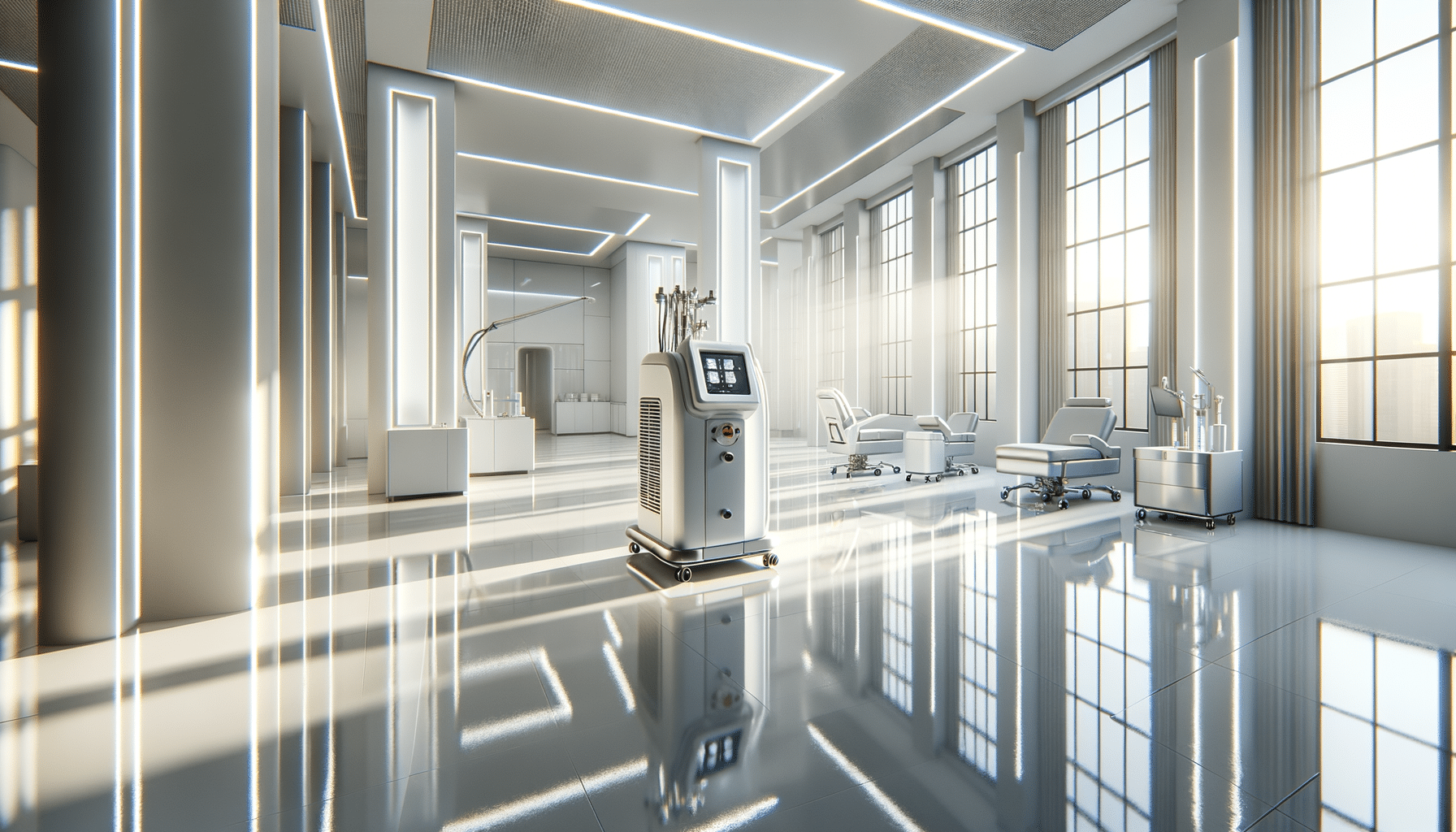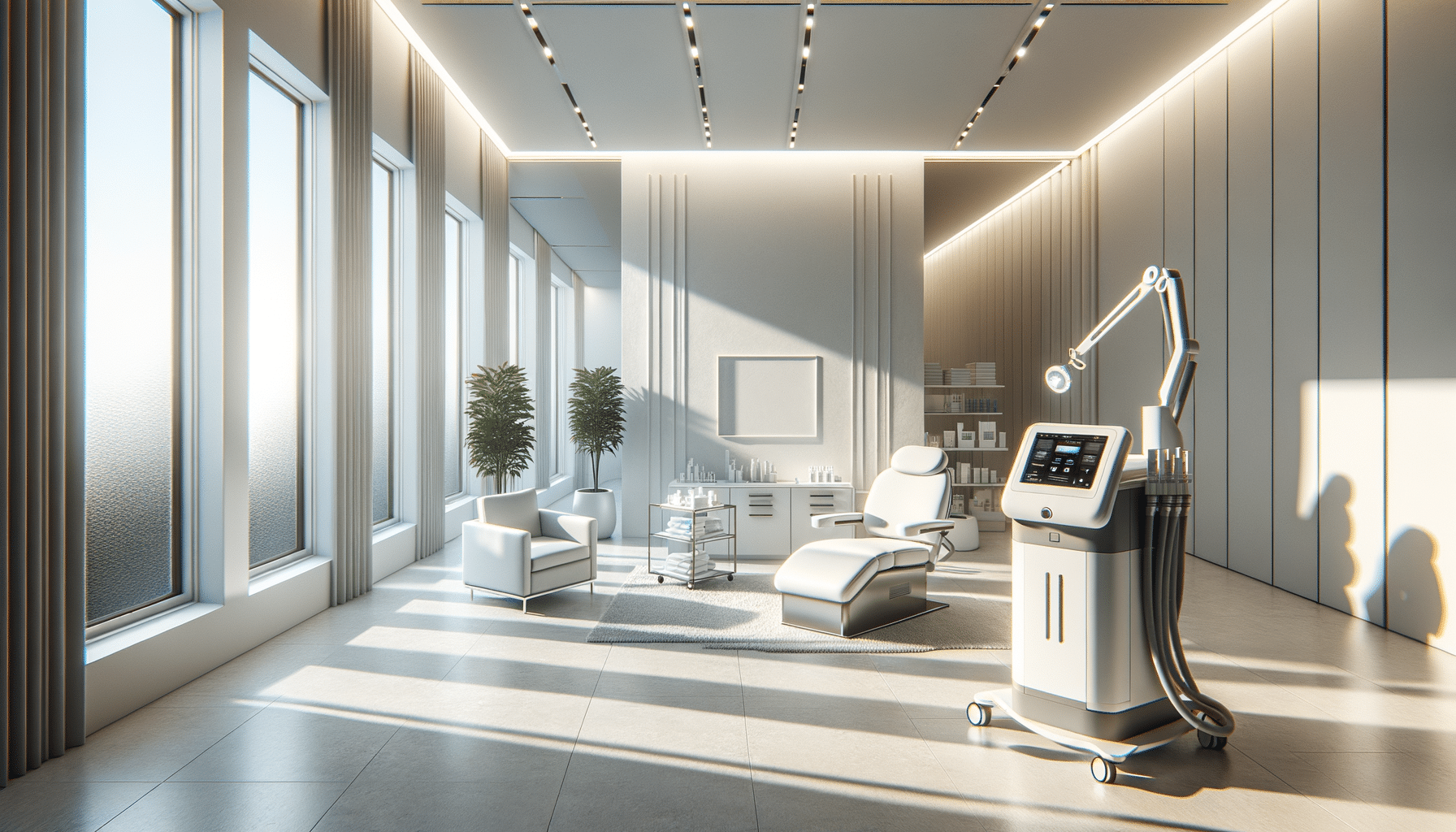
Non Invasive Laser Facelift Treatments Explained
Understanding Laser Facial Treatments
Laser facial treatments are becoming increasingly popular as a non-invasive method to rejuvenate the skin. These treatments utilize focused light energy to target specific skin concerns, such as wrinkles, fine lines, and pigmentation. The technology behind laser treatments is designed to stimulate collagen production, which is essential for maintaining youthful and firm skin. Collagen is a protein that provides structure and elasticity to the skin, and its production naturally decreases with age.
There are various types of laser treatments available, each catering to different skin issues. Some of the common laser treatments include:
- Ablative Lasers: These lasers remove the outer layers of skin, promoting the growth of new, healthier skin.
- Non-Ablative Lasers: These penetrate deeper into the skin without removing the outer layers, stimulating collagen production and tightening the skin.
- Fractional Lasers: These create microscopic wounds in the skin, encouraging natural healing processes and collagen production.
Each type of laser treatment has its own benefits and potential side effects, making it crucial for individuals to consult with a dermatologist to determine the most suitable option for their skin type and concerns.
Benefits of Laser Treatments for Facial Rejuvenation
One of the primary benefits of laser facial treatments is their ability to provide noticeable results without the need for invasive surgery. This makes them an attractive option for individuals looking to improve their skin’s appearance with minimal downtime. Some of the key benefits include:
- Improved Skin Texture: Laser treatments can smoothen uneven skin texture by targeting and removing damaged skin cells.
- Reduction of Fine Lines and Wrinkles: By stimulating collagen production, laser treatments can soften the appearance of fine lines and wrinkles.
- Even Skin Tone: Lasers can effectively reduce pigmentation issues, such as age spots and sun damage, resulting in a more even skin tone.
- Minimized Pore Size: Some laser treatments can reduce the size of pores, giving the skin a more refined appearance.
Moreover, laser treatments are customizable, meaning they can be tailored to address specific skin concerns and areas, ensuring a personalized approach to facial rejuvenation.
Potential Risks and Side Effects
While laser facial treatments offer numerous benefits, it is essential to be aware of the potential risks and side effects. These can vary depending on the type of laser used and the individual’s skin type. Common side effects include:
- Redness and Swelling: These are common immediately after treatment and typically subside within a few days.
- Hyperpigmentation or Hypopigmentation: Some individuals may experience changes in skin pigmentation, especially those with darker skin tones.
- Scarring: Although rare, there is a risk of scarring, particularly with ablative laser treatments.
- Infection: Proper aftercare is crucial to prevent infections, especially when the skin’s surface is disrupted.
It is vital for individuals considering laser treatments to discuss these risks with a qualified professional and ensure that the procedure is performed by an experienced practitioner to minimize potential complications.
Preparing for a Laser Facial Treatment
Preparation is key to achieving the best results from laser facial treatments. Before undergoing a procedure, individuals should take the following steps:
- Consultation: Schedule a consultation with a dermatologist or licensed practitioner to discuss skin concerns and determine the most appropriate treatment.
- Avoid Sun Exposure: Minimize sun exposure and use sunscreen diligently in the weeks leading up to the treatment to reduce the risk of complications.
- Discontinue Certain Medications: Some medications, such as those that increase photosensitivity, may need to be discontinued before treatment.
- Follow Pre-Treatment Instructions: Follow any specific instructions provided by the practitioner, such as avoiding certain skincare products.
Proper preparation can enhance the effectiveness of the treatment and reduce the likelihood of adverse effects.
Post-Treatment Care and Recovery
After a laser facial treatment, proper aftercare is crucial to ensure optimal results and minimize side effects. Here are some essential post-treatment care tips:
- Moisturize: Keep the skin well-hydrated with a gentle, non-irritating moisturizer to promote healing.
- Avoid Sun Exposure: Protect the skin from sun exposure by wearing sunscreen and avoiding direct sunlight.
- Avoid Harsh Skincare Products: Refrain from using products containing retinoids, acids, or other potentially irritating ingredients until the skin has healed.
- Follow Practitioner’s Instructions: Adhere to any specific aftercare instructions provided by the practitioner to ensure a smooth recovery.
Most individuals can resume their regular skincare routine within a week or two, depending on the type of laser treatment received. It’s important to attend any follow-up appointments to assess the skin’s progress and address any concerns.
Conclusion: Is Laser Treatment Right for You?
Laser facial treatments offer a promising solution for those seeking to rejuvenate their skin without undergoing invasive procedures. With a variety of options available, these treatments can address multiple skin concerns, from wrinkles to pigmentation issues. However, it’s crucial to weigh the benefits against the potential risks and side effects.
Consulting with a qualified dermatologist or licensed practitioner is essential to determine the most suitable treatment plan based on individual skin type and concerns. By understanding the preparation, procedure, and aftercare involved, individuals can make informed decisions about incorporating laser treatments into their skincare regimen.
Ultimately, laser facial treatments can be a valuable tool in achieving a more youthful and radiant complexion, provided they are approached with care and professional guidance.


